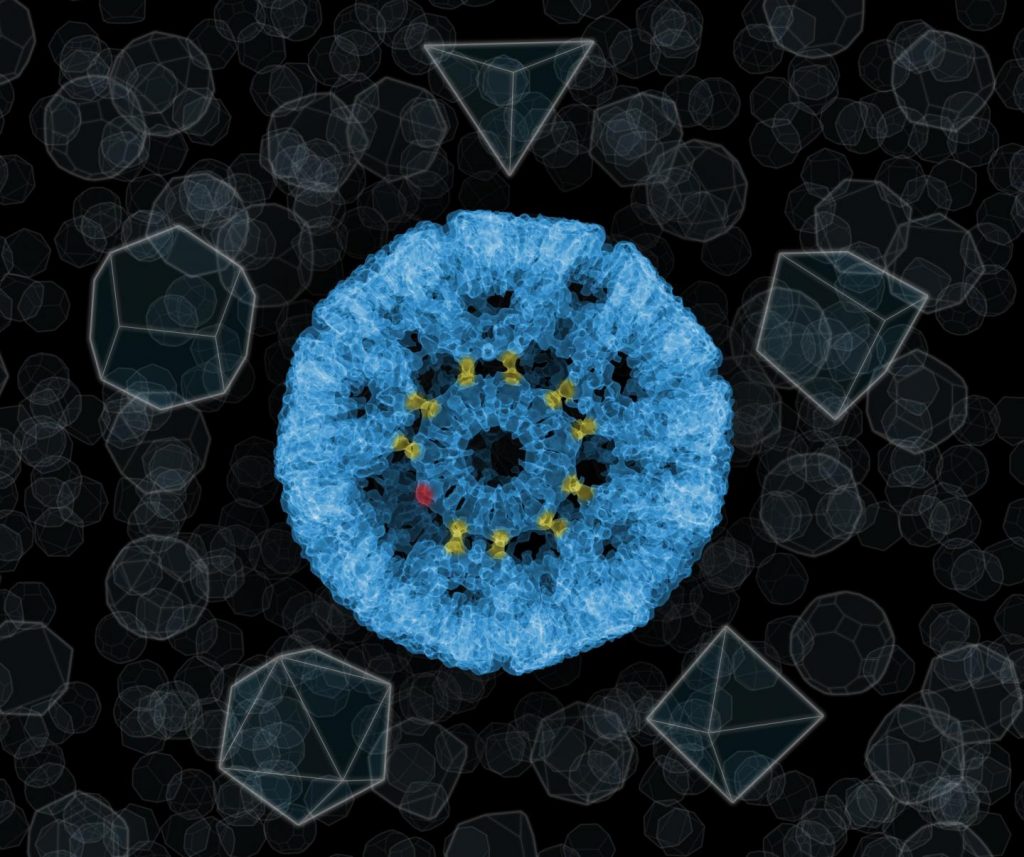IHEX has nothing to do with high tech witches (sigh … mildly disappointing), it is the abbreviation for “Intelligent interfaces and Human factors in EXtended environments” and I got a June 29, 2022 announcement or call for papers via email,
International Workshop on Intelligent interfaces and Human factors in EXtended environments (IHEX) – SITIS 2022 16th international conference on Signal Image Technology & Internet based Systems, Dijon, France, October 19-21, 2022
Dear Colleagues,
It is with great pleasure that we would like to invite you to send a contribution to the International Workshop on Intelligent interfaces and Human factors in EXtended environments (IHEX) at SITIS 2022 16th international conference on Signal Image Technology & Internet based Systems (Conference website: https://www.sitis-conference.org).The workshop is about new approaches for designing and implementing intelligent eXtended Reality systems. Please find the call for papers below and forward it to colleagues who might be interested in contributing to the workshop.
For any questions and information, please do not hesitate to get in touch.Best Regards,
Giuseppe CaggianeseCFP [Call for papers]
———-
eXtended Reality is becoming more and more widespread; going beyond entertainment and cultural heritage fruition purposes, these technologies offer new challenges and opportunities also in educational, industrial and healthcare domains. The research community in this field deals with technological and human factors issues, presenting theoretical and methodological proposals for perception, tracking, interaction and visualization. Increasing attention is observed towards the use of machine learning and AI methodologies to perform data analysis and reasoning, manage a multimodal interaction, and ensure an adaptation to users’ needs and preferences. The workshop is aimed at investigating new approaches for the design and implementation of intelligent eXtended Reality systems. It intends to provide a forum to share and discuss not only technological and design advances but also ethical concerns about the implications of these technologies on changing social interactions, information access and experiences.Topics for the workshop include, but are not limited to:
– Intelligent User Interfaces in eXtended environments
– Computational Interaction for XR
– Quality and User Experience in XR
– Cognitive Models for XR
– Semantic Computing in environments
– XR-based serious games
– Virtual Agents in eXtended environments
– Adaptive Interfaces
– Visual Reasoning
– Content Modelling
– Responsible Design of eXtended Environments
– XR systems for Human Augmentation
– AI methodologies applied to XR
– ML approaches in XR
– Ethical concerns in XRVENUE
———-
University of Burgundy main campus, Dijon, France, October 19-21, 2022WORKSHOP CO-CHAIRS
———————————–
Agnese Augello, Institute for high performance computing and networking, National Research Council, Italy
Giuseppe Caggianese, Institute for high performance computing and networking, National Research Council, Italy
Boriana Koleva, University of Nottingham, United KingdomPROGRAM COMMITTEE
———————————-
Agnese Augello, Institute for high performance computing and networking, National Research Council, Italy
Giuseppe Caggianese, Institute for high performance computing and networking, National Research Council, Italy
Giuseppe Chiazzese, Institute for Educational Technology, National Research Council, Italy
Dimitri Darzentas, Edinburgh Napier University, Scotland
Martin Flintham, University of Nottingham, United Kingdom
Ignazio Infantino, Institute for high performance computing and networking, National Research Council, Italy
Boriana Koleva, University of Nottingham, United Kingdom
Emel Küpçü, Xtinge Technology Inc., Turkey
Effie Lai-Chong Law, Durham University, United Kingdom
Pietro Neroni, Institute for high performance computing and networking, National Research Council, ItalySUBMISSION AND DECISIONS
——————————————-
Each submission should be at most 8 pages in total including bibliography and well-marked appendices and must follow the IEEE [Institute of Electrical and Electronics Engineers] double columns publication format.You can download the IEEE conference templates – Latex and MS Word A4 – at the following URL: https://www.ieee.org/conferences/publishing/templates.html
Paper submission will only be online via SITIS 2022 submission site:
https://easychair.org/conferences/?conf=sitis2022Submissions will be peer-reviewed by at least two peer reviewers. Papers will be evaluated based on relevance, significance, impact, originality, technical soundness, and quality of presentation.
At least one author should attend the conference to present an accepted paper.IMPORTANT DATES
—————————-
Paper Submission July 15, 2022
Acceptance/Reject Notification. September 9, 2022
Camera-ready September 16, 2022
Author Registration September 16, 2022CONFERENCE PROCEEDINGS
——————————————–
All papers accepted for presentation at the main tracks and workshops will be included in the conference proceedings, which will be published by IEEE Computer Society and referenced in IEEE Xplore Digital Library, Scopus, DBLP and major indexes.REGISTRATION
———————–
At least one author of each accepted paper must register for the conference and present the work. A single registration allows attending both track and workshop sessions.CONTACTS
—————-
For any questions, please contact us via email.Agnese Augello agnese.augello@icar.cnr.it
Giuseppe Caggianese giuseppe.caggianese@icar.cnr.it
Boriana Koleva B.Koleva@nottingham.ac.uk
Good luck!

